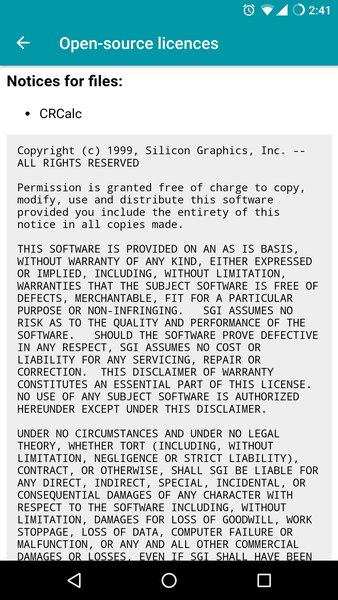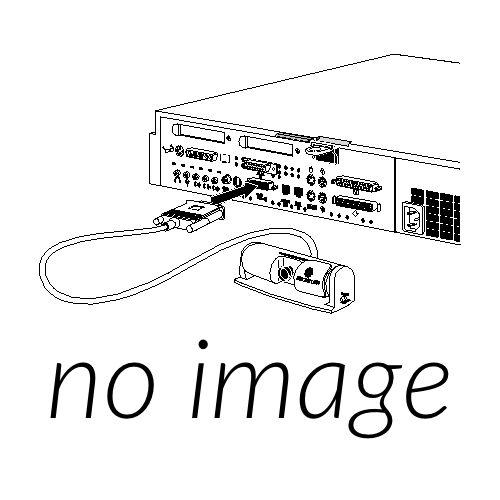For most people my age, their first computer ran Windows 7 or 10. If they're into computers like most of my friends, they probably built it from random Kijiji parts or if they had a little more to spend whatever Canada Computers had on sale. They put all the parts together, never even had to open the BIOS, and now they're happily browsing Reddit and playing Steam games on their Core i5. Most people my age have never used computer hardware older than their mom's 2006 Vista netbook or the school's Pentium 4s. That's not to say they're not computer enthusiasts, or that they're stupid, but their enjoyment of computing comes from seeing really big benchmark numbers, setting up cool desktop backgrounds and customizations, or if they're into programming writing Node.JS Discord bots, complaining about PHP, or making 4MB websites with more CSS than HTML. They look at something like an Octane and think "300mhz, only 1GB RAM, old looking software, weighs 60lbs, case is all plastic with no RGB lighting, can't even render Instagram". Even if they're into computers, the aspects they find interesting are not the same ones which we do. Stuff like how the later systems' architecture favors throughput over processing or how the O2 is arguably more centered around it's CRM graphics chipset than it's CPU get lost behind easily understandable numbers like "300mhz" or "1997". To most of my friends, different/interesting/forgotten approaches to computing look backwards and ridiculous, not novel or ahead of their time.
Getting back to how I explain my hardware, my friends obviously aren't bothered by me owning things that don't affect them, but they probably think I'm strange for owning a ton of old computers (8 SGIs + parts, Sun Blade 2000, 7 ThinkPads, 5 old Apple machines, Atari 600xl, etc) and not just selling them to replace my X220 with a MacBook Pro (something I actually used to have, but replaced with an X220

). My family is fine with the machines so long as I keep them in my bedroom or "lab" (more of an asssorted mix of working and nonworking systems of numerous ages with monitors on top of everything and random ethernet cables all over the floor, rather than your traditional idea of a "computer lab" like in a school). There's plenty of room for as many workstations as I could realistically want (though not enough room to display them as nicely as jan-jaap has), unless I want to recreate that SGI 750 cluster that used like half of the 750s ever produced. If I wanted to get larger systems, according to my measurements I have plausibly clearable spaces in my bedroom for up to one Onyx2/Origin2000 deskside, one Onyx/Crimson/PowerSeries/Onyx2/Origin2000 deskside, and one Origin2000/Onyx2/Origin3000/Onyx3000/Onyx4 (but not Onyx or PowerSeries, too deep) rack, though I don't see myself owning all of those systems anytime soon. When I rearranged the room in December, I planned it specifically to support up to 3 larger scale systems. The lab is really packed, and even finding space for Octanes can be hard, so I don't think any large systems could go down there.















 ). My family is fine with the machines so long as I keep them in my bedroom or "lab" (more of an asssorted mix of working and nonworking systems of numerous ages with monitors on top of everything and random ethernet cables all over the floor, rather than your traditional idea of a "computer lab" like in a school). There's plenty of room for as many workstations as I could realistically want (though not enough room to display them as nicely as jan-jaap has), unless I want to recreate that SGI 750 cluster that used like half of the 750s ever produced. If I wanted to get larger systems, according to my measurements I have plausibly clearable spaces in my bedroom for up to one Onyx2/Origin2000 deskside, one Onyx/Crimson/PowerSeries/Onyx2/Origin2000 deskside, and one Origin2000/Onyx2/Origin3000/Onyx3000/Onyx4 (but not Onyx or PowerSeries, too deep) rack, though I don't see myself owning all of those systems anytime soon. When I rearranged the room in December, I planned it specifically to support up to 3 larger scale systems. The lab is really packed, and even finding space for Octanes can be hard, so I don't think any large systems could go down there.
). My family is fine with the machines so long as I keep them in my bedroom or "lab" (more of an asssorted mix of working and nonworking systems of numerous ages with monitors on top of everything and random ethernet cables all over the floor, rather than your traditional idea of a "computer lab" like in a school). There's plenty of room for as many workstations as I could realistically want (though not enough room to display them as nicely as jan-jaap has), unless I want to recreate that SGI 750 cluster that used like half of the 750s ever produced. If I wanted to get larger systems, according to my measurements I have plausibly clearable spaces in my bedroom for up to one Onyx2/Origin2000 deskside, one Onyx/Crimson/PowerSeries/Onyx2/Origin2000 deskside, and one Origin2000/Onyx2/Origin3000/Onyx3000/Onyx4 (but not Onyx or PowerSeries, too deep) rack, though I don't see myself owning all of those systems anytime soon. When I rearranged the room in December, I planned it specifically to support up to 3 larger scale systems. The lab is really packed, and even finding space for Octanes can be hard, so I don't think any large systems could go down there.
 ?
?


 ?
?

